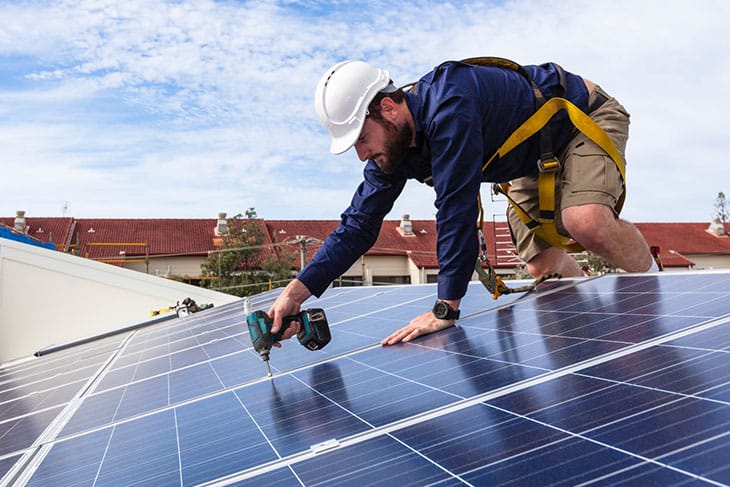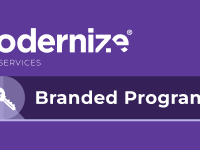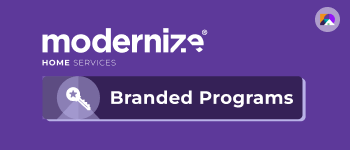Solar leads come from homeowners who are actively exploring an installation — whether they’re early in research or ready to schedule a consultation. This guide breaks down how solar contractors generate high-intent inquiries, what homeowner readiness looks like, and the strategies that help convert more consultations into installs.
This guide outlines how solar contractors can generate homeowner interest, evaluate lead quality, and convert inquiries into profitable solar installations.
- What Is a Solar Lead and Why Does It Matter?
- How Can Solar Contractors Attract High-Intent Homeowners Online?
- Solar Lead Generation Services Worth It?
- How Quickly Should Contractors Respond to Solar Leads?
- How Do Solar Contractors Measure ROI from Lead Generation?
- What Types of Solar Projects Are Most Common?
- What Trends Are Shaping the Solar Industry?
- Key Takeaways
- FAQ: Everything You Need to Know About Solar Leads for Sale
What Is a Solar Lead and Why Does It Matter?
A solar lead is a homeowner actively exploring options for solar installation, battery storage, or energy-efficient upgrades. These homeowners often begin by requesting quotes online or researching available incentives.
Consistent access to verified solar leads helps contractors balance installation schedules, forecast sales, and reduce dependence on one-time referrals.
To understand how solar leads are typically priced and qualified in the home improvement market, see How Much Do Modernize Leads Cost.

How Can Solar Contractors Attract High-Intent Homeowners Online?
Homeowners researching solar energy solutions often start with questions about cost, savings, and available rebates. To attract these prospects:
- Optimize your website for local SEO using location-based keywords like “solar panel installation in Denver” or “solar companies near me.”
- Maintain an accurate Google Business Profile with up-to-date photos, reviews, and business hours.
- Include a savings calculator or simple form for homeowners to request a custom quote.
- Publish case studies that highlight real installation results and energy savings.
Solar Lead Generation Services Worth It?
Third-party solar lead providers can be valuable when they deliver verified, intent-driven homeowners. The best programs allow contractors to:
- Filter leads by system type, project size, or ZIP code.
- Review homeowner intent before purchase.
- Access reporting dashboards to measure conversion performance.
However, contractors should vet any provider carefully. Focus on transparent pricing, verifiable homeowner information, and delivery methods that fit your sales cycle — whether shared, exclusive, or real-time leads.
How Quickly Should Contractors Respond to Solar Leads?
Homeowners comparing multiple installers expect quick communication — often within minutes of submitting a quote request. Responding fast improves trust and dramatically increases your chance of securing the project.
Implement CRM tools or mobile alerts to ensure immediate follow-up. Contractors who respond within the first five minutes can double their appointment rates compared to slower competitors.
For details on lead management timing and expectations, see What to Expect When You Sign Up for Modernize Leads.
How Do Solar Contractors Measure ROI from Lead Generation?
To evaluate your marketing performance and control costs, track these key metrics:
- Cost per lead (CPL)
- Conversion rate from lead to on-site assessment
- Installation close rate
- Return on ad spend (ROAS)
- Average revenue per system installed
Consistently reviewing these metrics helps you understand which campaigns, partnerships, or lead sources produce the most profitable results. Contractors can also apply a “data feedback loop” outlined in the Data Feedback Loop guide, to refine targeting and budget allocation.
What Types of Solar Projects Are Most Common?
Homeowners explore solar for a variety of reasons, from reducing energy costs to increasing home value. The most common residential project types include:
- Rooftop solar systems: Ideal for homes with good sun exposure and existing electrical infrastructure.
- Ground-mounted systems: Used for large properties or when roof angles aren’t optimal.
- Solar carports and pergolas: Combine function and energy production for dual-purpose installations.
- Battery storage: Enables energy independence and backup power.
- Solar water heating: Uses sunlight to reduce conventional water heating costs.
According to the U.S. Department of Energy, average system costs have dropped over 50% in the last decade, making residential solar more accessible than ever.
What Trends Are Shaping the Solar Industry?
The U.S. solar market continues to grow due to falling equipment costs, policy incentives, and homeowner demand for sustainable energy. Key trends include:
- Federal and state incentives: The Database of State Incentives for Renewables & Efficiency (DSIRE) provides updated information on rebates and tax credits available in each state.
- Battery adoption: More homeowners are pairing panels with lithium-ion storage to reduce grid dependence.
- Community solar programs: Local shared-energy initiatives allow participation for homeowners without suitable rooftops.
- Net metering policies: These continue to evolve; contractors should stay informed on local utility rules via the Solar Energy Industries Association (SEIA).
- Weather resilience: As climate events become more frequent, solar and battery solutions play a role in backup energy planning (NOAA Climate Data).
Staying informed on these developments helps contractors tailor services and messaging to align with homeowner motivations.
Key Takeaways
- Solar leads connect contractors with homeowners actively pursuing renewable energy installations.
- Local SEO, verified reviews, and fast response times improve lead conversion.
- Tracking CPL, conversion rate, and system revenue helps measure ROI.
- Incentives, storage adoption, and energy resilience continue to drive market growth.



